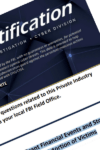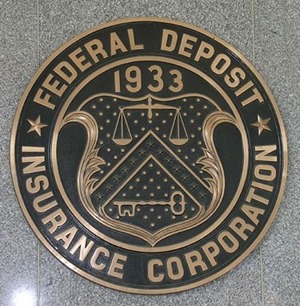
- Gartner projects that by 2024, 30% of enterprises will have adopted Data Security Platforms, up from less than 5% in 2019. The move to a hybrid workplace left security teams scrambling to deploy new point solutions, adding to an existing array of data protection tools. Today, the number of separate tools in your arsenal may span data discovery, classification, DLP, EDRM, EPP, and CASB. This patchwork approach and silo-specific security controls add operational complexity...
- Gartner projects that by 2024, 30% of enterprises will have adopted Data Security Platforms, up from less than 5% in 2019. The move to...







